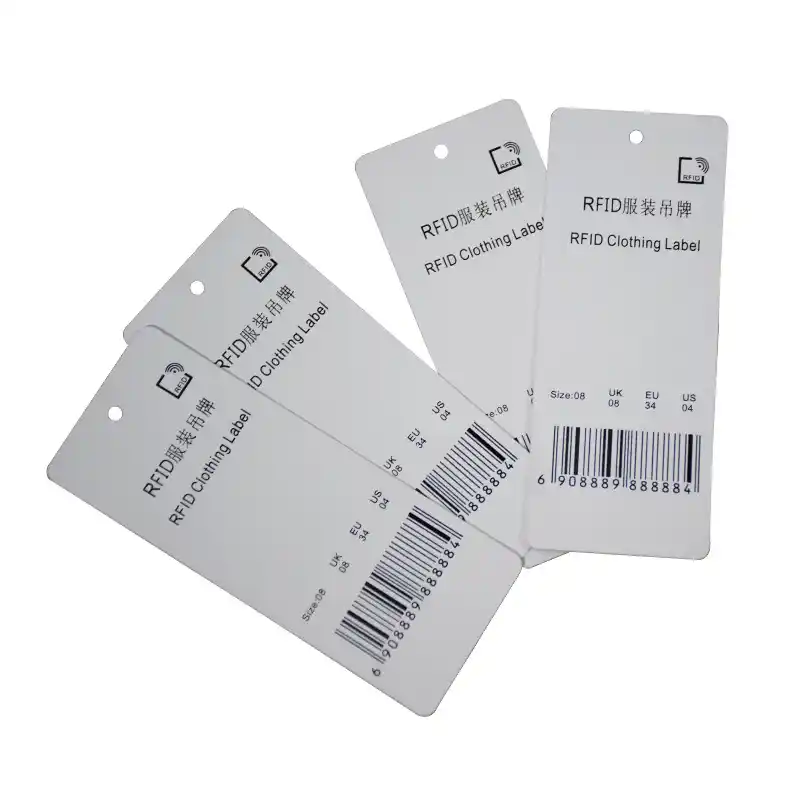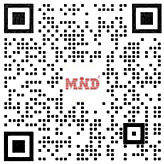The fashion industry is undergoing a transformative shift as RFID (Radio Frequency Identification) technology becomes increasingly integral to modern clothing management systems. By enabling seamless tracking, enhanced security, and personalized customer experiences, RFID solutions are redefining how garments are produced, distributed, and retailed.
Efficient Inventory and Supply Chain Management
RFID technology addresses longstanding challenges in inventory control by allowing simultaneous scanning of multiple items without direct line-of-sight. Garments embedded with RFID tags can be tracked from production to point-of-sale, ensuring real-time visibility across the supply chain. This eliminates manual stock-taking errors and reduces labor costs significantly. In retail environments, fixed RFID readers automatically update inventory levels as items move through stores, minimizing out-of-stock scenarios and optimizing replenishment cycles.
The technology also streamlines logistics operations. During distribution, RFID-enabled sorting systems process bulk shipments rapidly, while warehouse management systems leverage tag data to optimize storage layouts and workflow efficiency. These capabilities are particularly valuable for large-scale apparel retailers managing seasonal collections and fast-fashion turnover.
Enhanced Retail Experiences and Anti-Theft Solutions
Beyond backend operations, RFID enhances customer-facing interactions. Smart fitting rooms equipped with RFID readers detect items brought in by shoppers, instantly displaying product details, alternative colors, and matching accessories on interactive screens. This not only enriches the shopping journey but also increases cross-selling opportunities. At checkout, RFID-enabled systems allow customers to place multiple items in a designated area for instant scanning, reducing queue times dramatically compared to traditional barcode scanning.
Security is another critical application. RFID tags integrated into garment labels or seams serve as electronic article surveillance (EAS) devices. Store exit scanners detect unpaid items triggering alarms, while the tags’ unique identifiers help distinguish between legitimately purchased and stolen goods. Unlike bulky security tags, RFID solutions are discreet and can be embedded seamlessly into clothing designs.
Sustainable Fashion and Circular Economy
RFID plays a pivotal role in advancing sustainability within the fashion industry. Tags attached to garments facilitate lifecycle tracking, enabling brands to monitor resale, rental, and recycling programs. This data supports circular business models by identifying high-use items for durability improvements or materials recovery. In laundry and uniform management, washable RFID tags withstand repeated industrial cleaning cycles, reducing the need for disposable labels and improving asset utilization in hospitality and healthcare sectors.
Emerging eco-friendly tag designs utilize biodegradable materials or graphene-based circuits, aligning with environmental goals. These innovations allow brands to maintain tracking capabilities while minimizing electronic waste—a growing concern in textile production.
Technical Implementation and Industry Standards
Modern clothing RFID systems primarily employ ultra-high frequency (UHF) tags, which balance read range (up to several meters) with cost-effectiveness. Tags are typically embedded in care labels, seams, or specialized hangtags using textile-friendly adhesives or stitching techniques. Advanced designs incorporate flexible antennas that withstand bending and washing, ensuring functionality throughout a garment’s lifespan.
Industry standards govern tag encoding formats, ensuring interoperability across global supply chains. These protocols define data structures for storing product identifiers, manufacturing details, and logistics information, enabling consistent tracking from factories to retail floors.
Future Directions
The convergence of RFID with emerging technologies promises further advancements. Integration with AI analytics enables predictive demand forecasting based on real-time sales and inventory data. Blockchain-linked tags may soon provide immutable authenticity records for luxury goods, while 5G networks will support faster data transmission from RFID-enabled smart mirrors and interactive displays.
As adoption grows, RFID is transitioning from an operational tool to a strategic platform for customer engagement and sustainability initiatives. Its ability to bridge physical garments with digital ecosystems positions RFID as a cornerstone of the fashion industry’s digital transformation—one thread at a time.
Post time: Jul-15-2025






